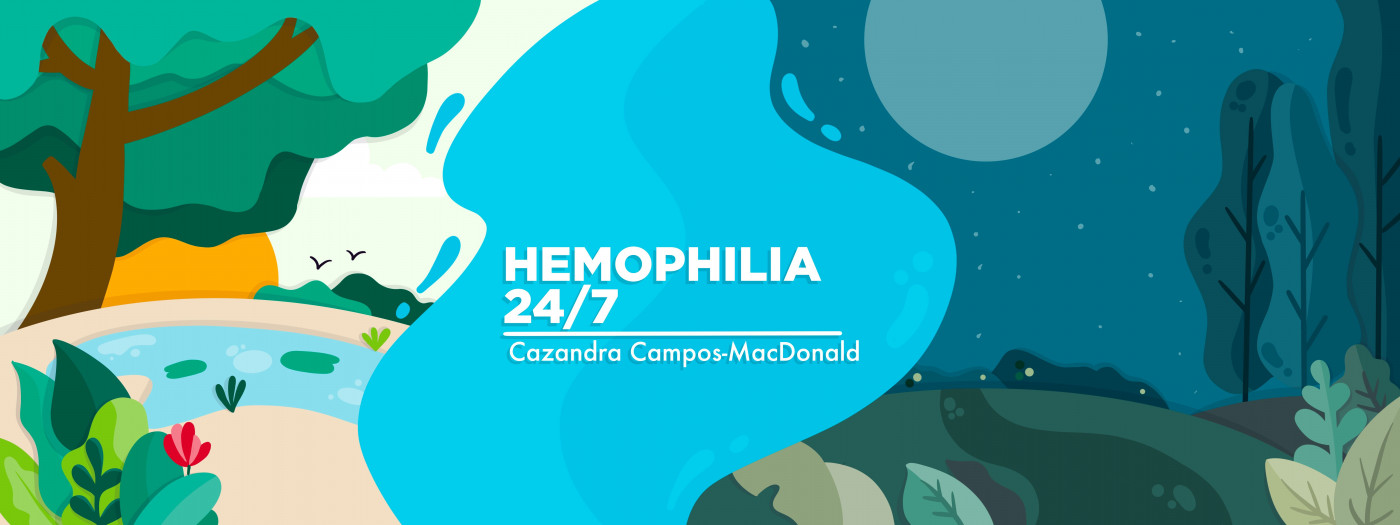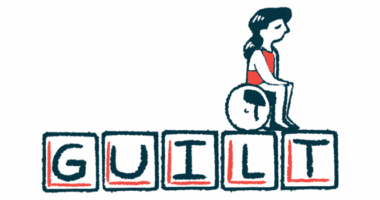Lessons in strength and hope from raising sons with hemophilia
With the bleeds and pains came the reassuring sense of a larger family

Raising sons with hemophilia is like being a blacksmith forging a sword. The blacksmith shapes a piece of metal that needs careful, skilled effort to become a sharp and strong sword. Each blow of the hammer represents the challenges brought by a bleeding disorder. The process is arduous and requires patience and perseverance as the blacksmith bends and tempers the metal. There are times when the intense heat seems on the verge of breaking it.
Ultimately, however, the metal becomes a beautifully crafted sword representing strength, resilience, and hope.
Over the years, I’ve learned from hemophilia some important lessons about strength, hope, and the importance of community, and they’ve shaped me into the person I am. With two adult sons who are living with hemophilia, I find myself reflecting on their journey and mine with this chronic condition. I’m grateful for those lessons, some of which will remain with me regardless of my sons’ ages.
A profound strength comes from having a child with a severe medical condition. Being the advocate for my sons, especially when they were little, meant making decisions on their behalf. Is a port necessary? Which factor product is best? How do I make the school understand his needs?
Having the strength to stand up for my children came quickly, yet it was challenged when I watched them being held down for an infusion or heard their cries of pain from a bleed. Over time, I learned how to draw on my inner strength to be at their side during painful treatments and bleeds. I shed many tears over the years, but this inner resilience has become a defining characteristic of who I am.
In the world of bleeding disorders, hope is sometimes challenging to grasp. When a child is not responding to treatment, life can seem hopeless. When my youngest son, Caeleb, was a toddler and developed a nasty inhibitor, treating his bleeds took weeks. Looking ahead wasn’t easy and brought heartache. But with a team of doctors and parents who didn’t give up, hope was restored; new treatments were implemented, and Caeleb improved. The little victories amid an arduous journey made a difference.
Each successfully treated bleed fostered hope. A pain-free day, an uninterrupted day at school, and the achievement of milestones reinforced the return of hope. These may not have been big achievements according to many in the world, but in my home, they were celebratory moments filled with hope.
My widening family
Perhaps the most important lesson I learned is that family isn’t necessarily restricted to blood relations. Family is also the one I’ve created. I’ve encountered people all over the world raising children with bleeding disorders. We have similar struggles and fears. We walk together, creating a bond that the unaffected world cannot understand. As much as someone may want to walk in our shoes to understand our plight, that’s impossible.
These relationships enrich my life, provide diverse perspectives, and offer additional support systems. This community, this family, has given me the strength and hope I’ve needed when I couldn’t see past the bleed or hospitalization. This family gives me a sense of community and belonging.
Just like the blacksmith hammering and shaping a piece of metal, we discover beauty through our children’s strength and resilience. These lessons shape a resilient, hopeful, and connected way of life, proving that there’s a powerful capacity for growth, love, and triumph even in the face of adversity.
Note: Hemophilia News Today is strictly a news and information website about the disease. It does not provide medical advice, diagnosis, or treatment. This content is not intended to be a substitute for professional medical advice, diagnosis, or treatment. Always seek the advice of your physician or another qualified health provider with any questions you may have regarding a medical condition. Never disregard professional medical advice or delay in seeking it because of something you have read on this website. The opinions expressed in this column are not those of Hemophilia News Today or its parent company, Bionews, and are intended to spark discussion about issues pertaining to hemophilia.








Leave a comment
Fill in the required fields to post. Your email address will not be published.